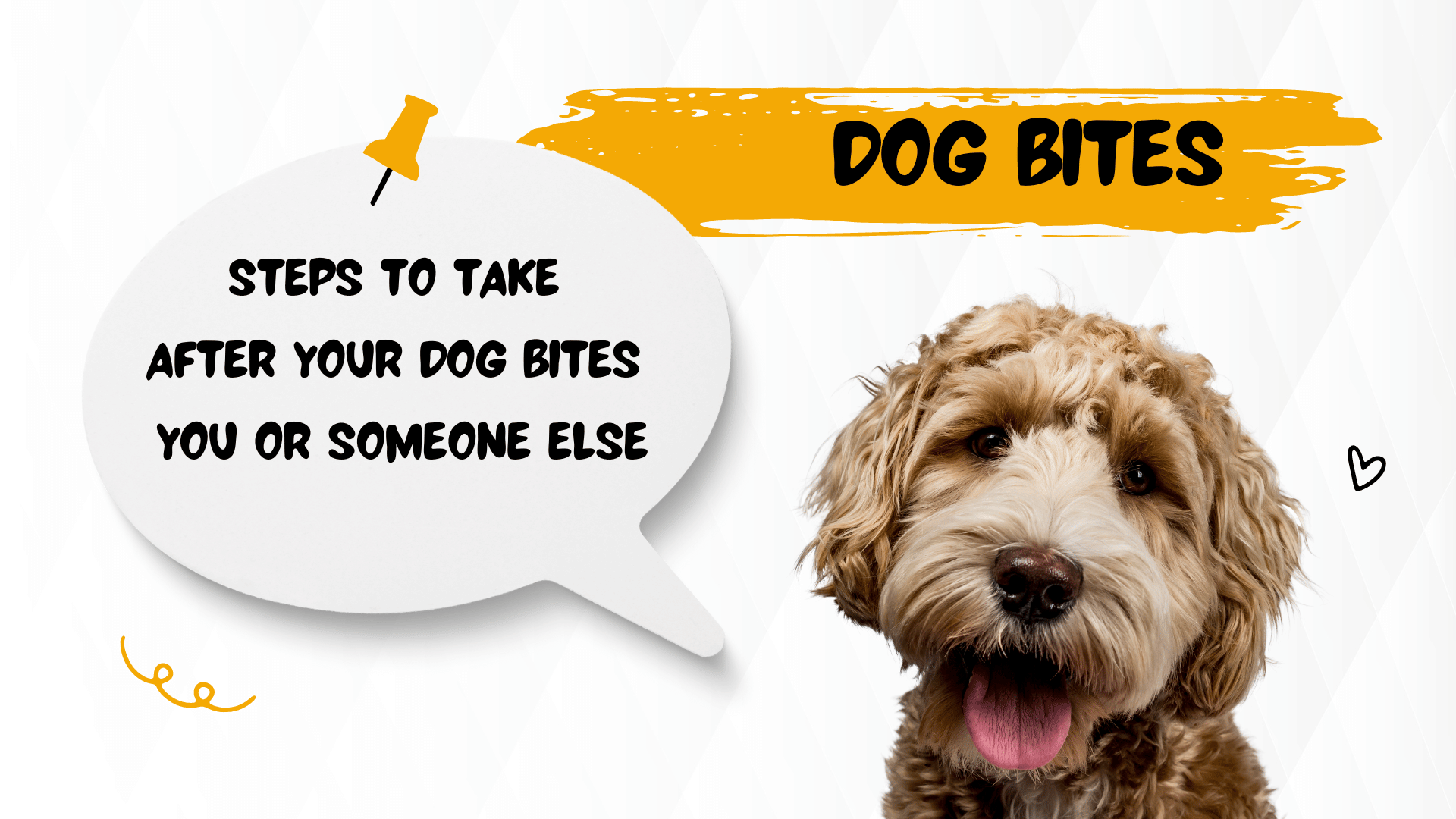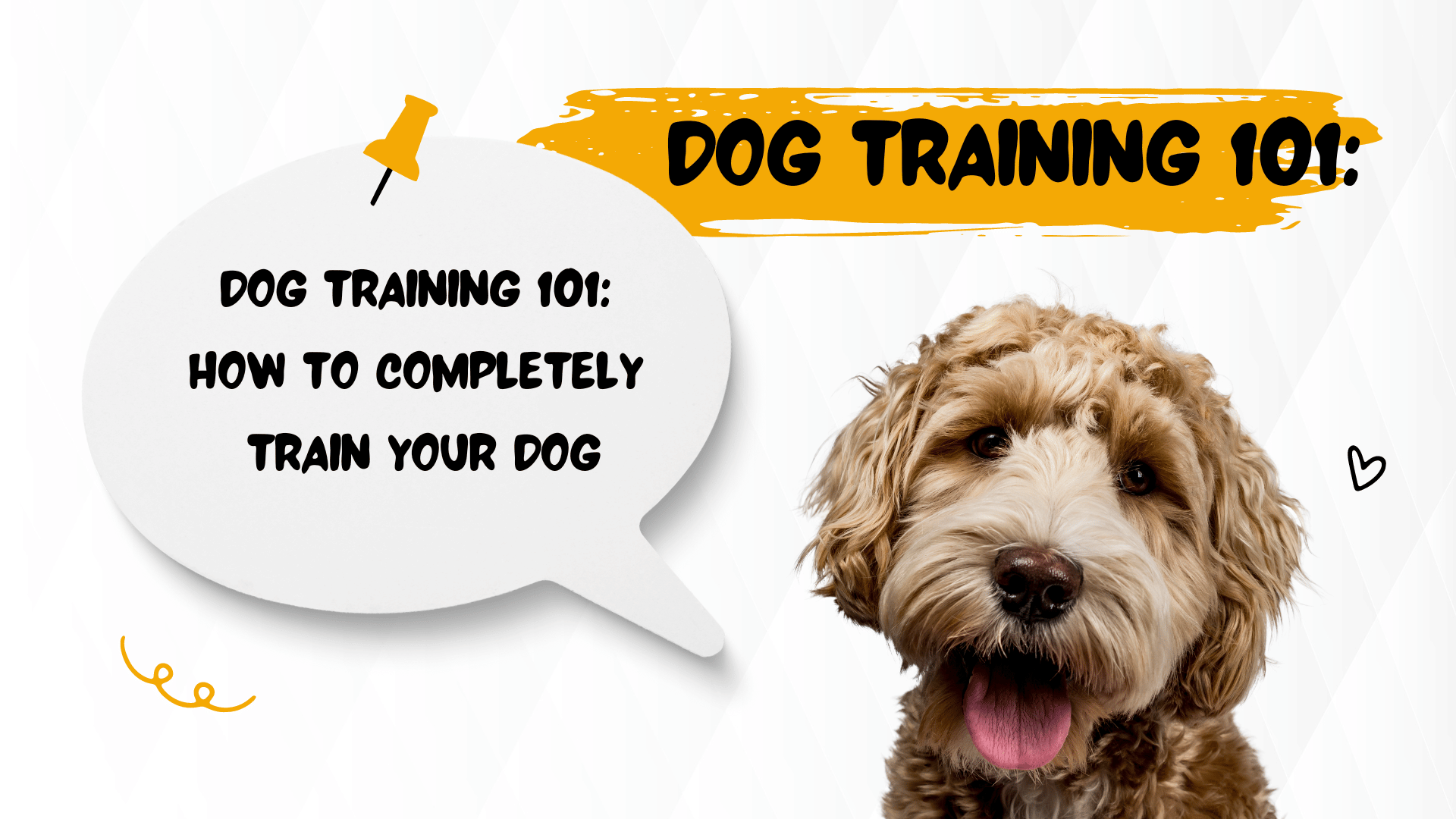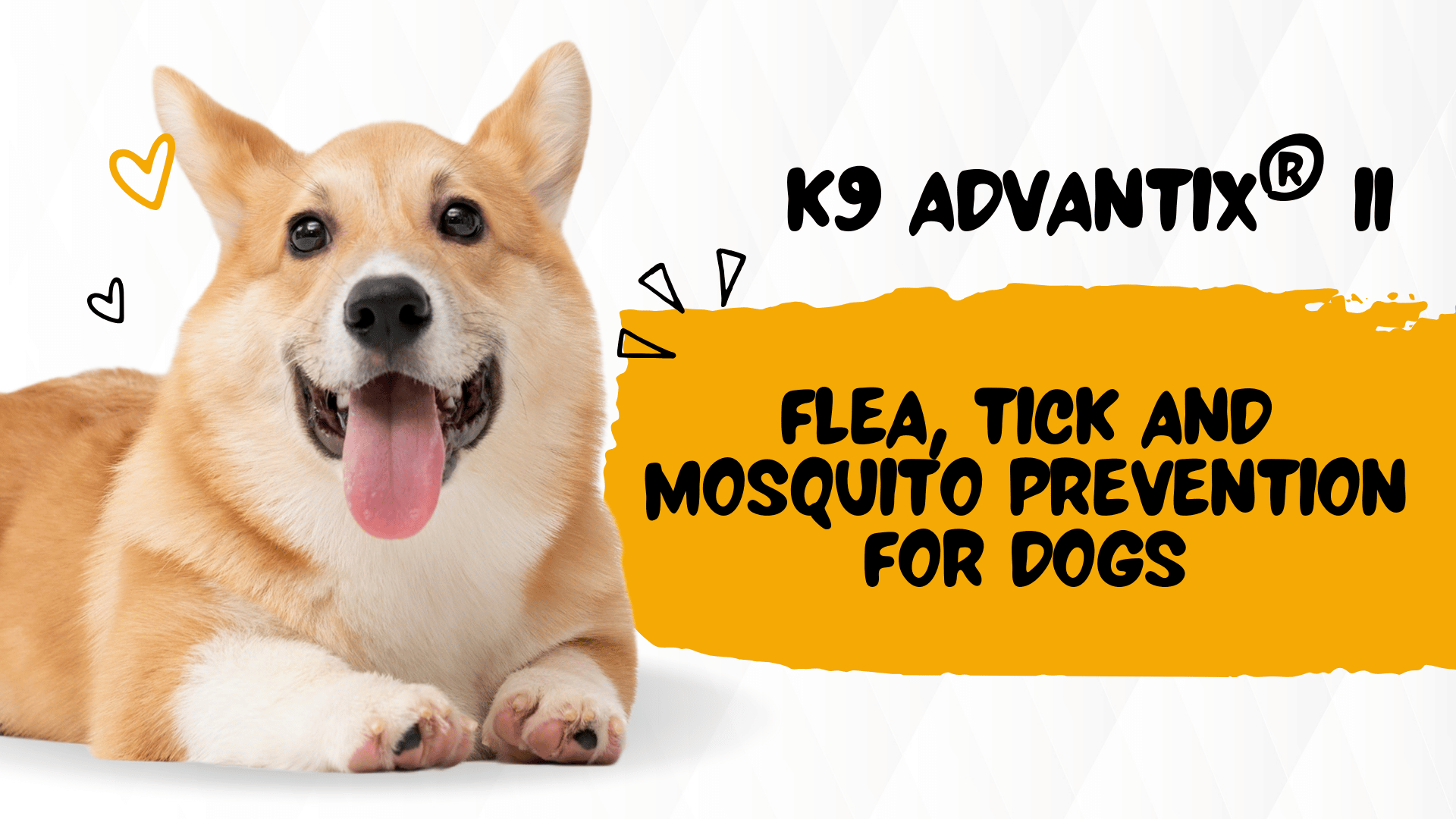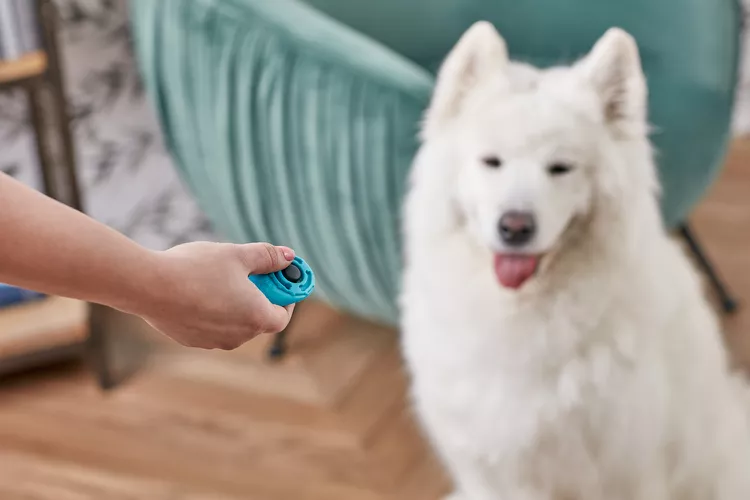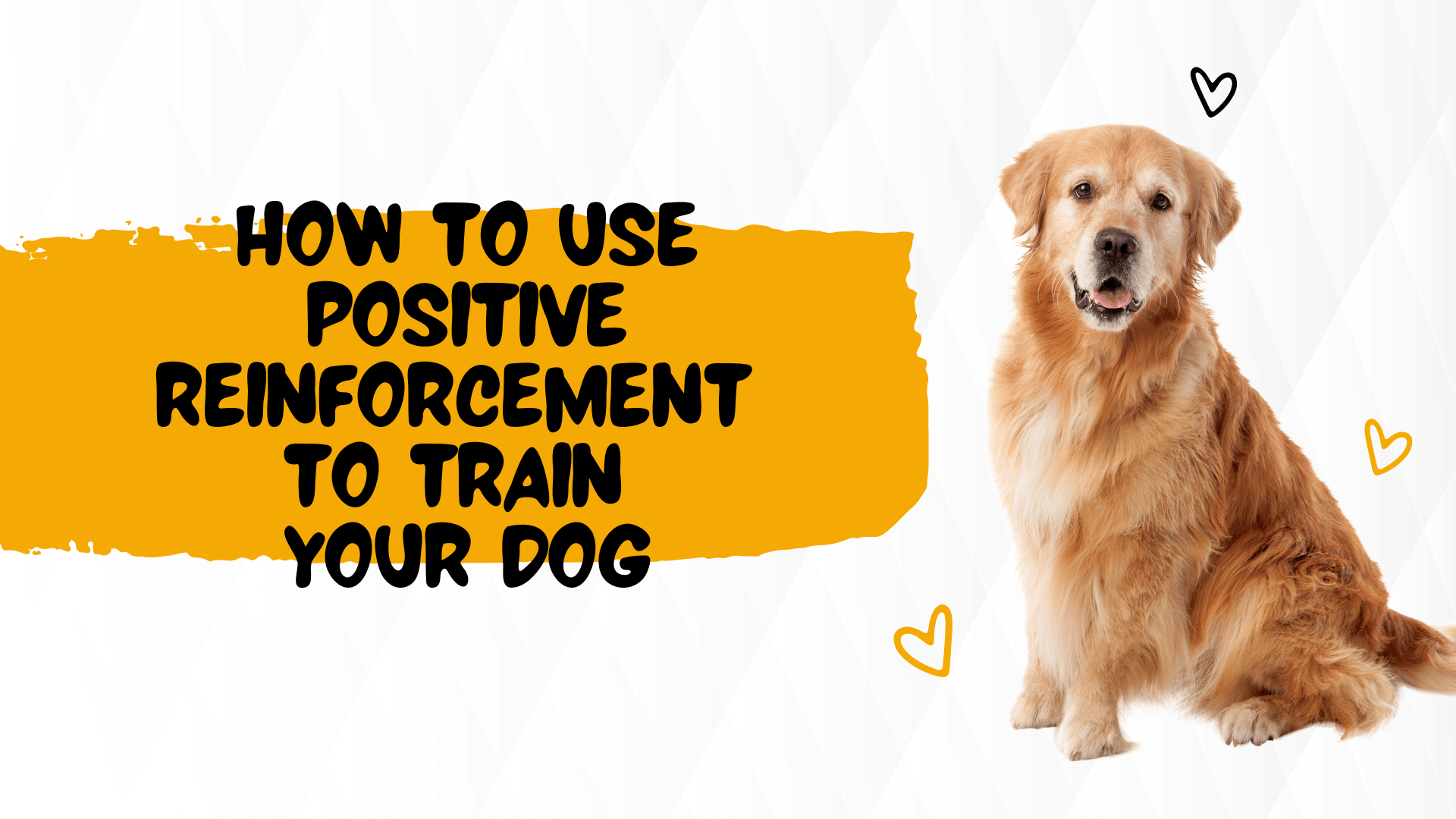Steps to Take After Your Dog Bites
Experiencing a dog bite can be a distressing event, both for the person bitten and the dog owner. It’s essential to act thoughtfully and responsibly to manage the situation and ensure everyone’s safety. Here’s a comprehensive guide outlining the steps to take after a dog bite incident.
1. Ensure Immediate Safety
The first priority after a dog bite is ensuring the safety of everyone involved. If the dog is still agitated or poses a threat, maintain a safe distance. Calmly remove yourself or the victim from the scene if possible. If the dog belongs to you and you can do so safely, secure it in a safe area away from people.
2. Assess the Injury
Once the immediate danger is over, assess the extent of the injury. If the bite is minor and doesn’t break the skin, it may require simply washing the area with soap and water. However, if the bite is severe, bleeding profusely, or if the person is in significant pain, it’s crucial to seek medical attention promptly.
3. Seek Medical Attention
For wounds that break the skin, it’s important to consult a healthcare professional. They can evaluate the injury for potential infections and determine if the injured person needs a tetanus shot or rabies vaccination. Even minor bites should not be disregarded, as infections can develop without visible symptoms initially.
4. Gather Information
Collect as much information as possible regarding the incident. This includes:
- The dog’s owner’s contact information (if applicable).
- Vaccination records of the dog, especially for rabies.
- The contact details of any witnesses who might have seen the incident.
- A detailed account of the events leading to the bite.
5. Document Everything
Take pictures of the injuries, the location of the incident, and the dog involved. Keep a record of any medical treatment received, including bills and prescriptions. This documentation is crucial if any legal or financial issues arise later.
6. Report the Incident
In many areas, dog bites must be reported to local animal control or law enforcement. This is typically required by law and helps ensure that the dog is assessed for potential rabies exposure or behavioral issues. Reporting the incident also creates a record that might be necessary if legal actions follow.
7. Notify Your Insurance Company
If the injured party intends to file a claim, notifying your homeowner’s or renter’s insurance company is important. They can provide guidance and potentially cover medical costs associated with the bite, depending on the policy’s terms.
8. Evaluate Your Dog’s Behavior
Understand the underlying reasons for the bite. Was the dog provoked, scared, or protecting something? Consider consulting a professional dog trainer or behaviourist to assess your dog’s behaviour and receive guidance on preventing future incidents.
9. Reflect on Responsibility
As the dog owner, it’s important to reflect on your responsibilities in the situation. Were proper precautions taken to ensure your dog was secure? Effective training and socialization can significantly reduce the risk of aggressive behaviours.
10. Consider Legal Advice
If the situation escalates, or if the victim pursues legal action, consider seeking legal advice. Knowing your rights and potential liabilities can help you navigate the complexities of the situation. It’s crucial to do this promptly, as there are often statutes of limitations regarding dog bite claims.
11. Offer Support to the Victim
If comfortable, reach out to the bite victim to express concern and offer support. Whether it’s helping them navigate medical treatment or simply providing reassurance, showing empathy can go a long way in mending relationships and alleviating tension.
12. Review and Adjust Dog Management Practices
After a dog bite, it’s an opportune time to review how you manage your dog’s behaviour and safety. This may involve:
- Increasing supervision around other people and animals.
- Using a muzzle in situations where the dog may feel threatened or stressed.
- Enrolling your pet in obedience classes.
13. Take Time for Emotional Recovery
A dog bite can be traumatic for both the bite victim and the dog owner. It’s essential to allow time for emotional recovery. Owners may feel guilt or embarrassment, while victims may experience fear or anxiety around dogs. Seek support from friends, family, or professionals if needed.
Conclusion
Handling a dog bite incident requires calm, informed, and responsible actions to ensure all involved parties are safe and cared for. Every situation is unique, so tailor your approach accordingly. Moreover, using this experience as a reminder to improve safety and prevent future incidents can result in better outcomes for everyone involved. By staying proactive and empathetic, both dog owners and the community can work towards a safer environment for humans and animals alike.
Read from our partners more about Flea, Tick and Mosquito Prevention for Dogs.
References
- ASPCA. (n.d.). Dog Bite Prevention. ASPCA
- Centers for Disease Control and Prevention. (2021). Dog Bite Prevention. CDC
- American Veterinary Medical Association. (n.d.). Preventing Dog Bites. AVMA (Note: This section is meant to serve as a guideline and is not a substitute for professional legal or medical advice.)
- Dog Trust. (n.d.). Advice on the Law Relating to Dog Bites. Dog Trust
